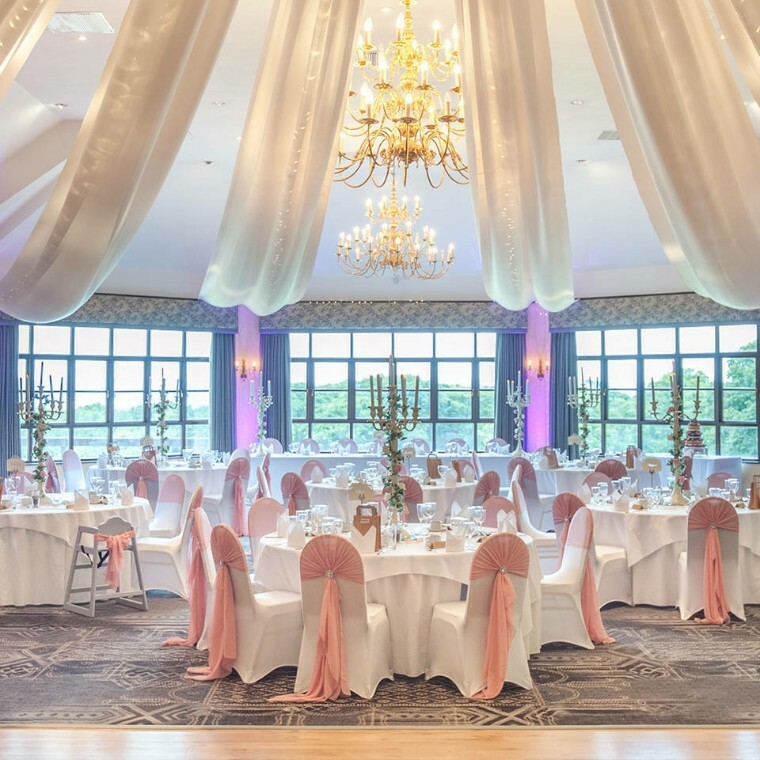Following Boris Johnson’s announcement on June 14th, the new rules for weddings will come into effect from June 21st. Couples will be able to have more than 30 people at their wedding from that date, as long as there is space for social distancing.
There is a requirement that all reasonable steps will be taken to reduce the spread of Covid-19 at weddings.
The government guidance requires a risk assessment for all weddings taking place at a Covid-secure venue. If your wedding is taking place at a Covid-secure venue, they will be responsible for conducting the assessment.
But, if you’re organising your own wedding for over 30 people, for example in a private garden or outdoor public venue, you - the event organiser - will need to complete the risk assessment yourself. Here’s how…
What is a risk assessment?
As the name suggests, a risk assessment is a formal document that details any potential risks at an event, as well as steps which can be taken to avoid them. Businesses and organisations complete or update them for most activities they carry out.
They are usually in the form of a table, identifying the risk, who it may pose a risk to, how to reduce the risk, and who is responsible.
How to complete a risk assessment
The government has released separate guidance for organisers of weddings in your garden, on private land, or in a public outdoor space.
The Health and Safety Executive (HSE) risk assessment is also a good place for you to start, as it looks at risks relating to Covid-19.
You can find simpler, wedding-specific risk assessment templates over on Wedding Safe. This includes a template for wedding venues, and also advice for marquee weddings.
What is included in a risk assessment?
Risk assessments cover all activities, but in this situation they specifically need to include anything which might increase the risk of transmission of Covid-19. These can be direct risks, such as face-to-face contact, or indirect risks, such as touching shared surfaces.
As well as identifying the risks, you also need to include the steps you will take to minimise them. For example, making sure that guests wear masks, providing hand-sanitiser stations, and keeping doors and windows open wherever possible.
A good way to reduce the risk is to make sure that effective Covid testing and Track and Trace systems are in place for guests and suppliers.
If there is a problem at your wedding, the Local Authority or insurers may look at your risk assessment to check if you had identified and done all you could to reduce the risk.
Who needs to see the risk assessment?
If you are concerned about whether you have covered everything, your local Environmental Health Officer (EHO) will be able to help you.
You should share relevant information from the risk assessment with any suppliers involved in the wedding that will be affected or involved in the steps you have identified to reduce risk. There may be elements you should inform guests about too.
Keep the completed risk assessment safe for at least 28 days after the wedding in case anyone needs to see it.
Is it a legal requirement?
Yes, you are required to complete a risk assessment if your wedding will include more than 30 people. You could get a £10,000 fine for organising a gathering of more than 50 people outdoors or 30 people indoors, if you do not consider the risks, conduct a risk assessment and take action to minimise the risk.




